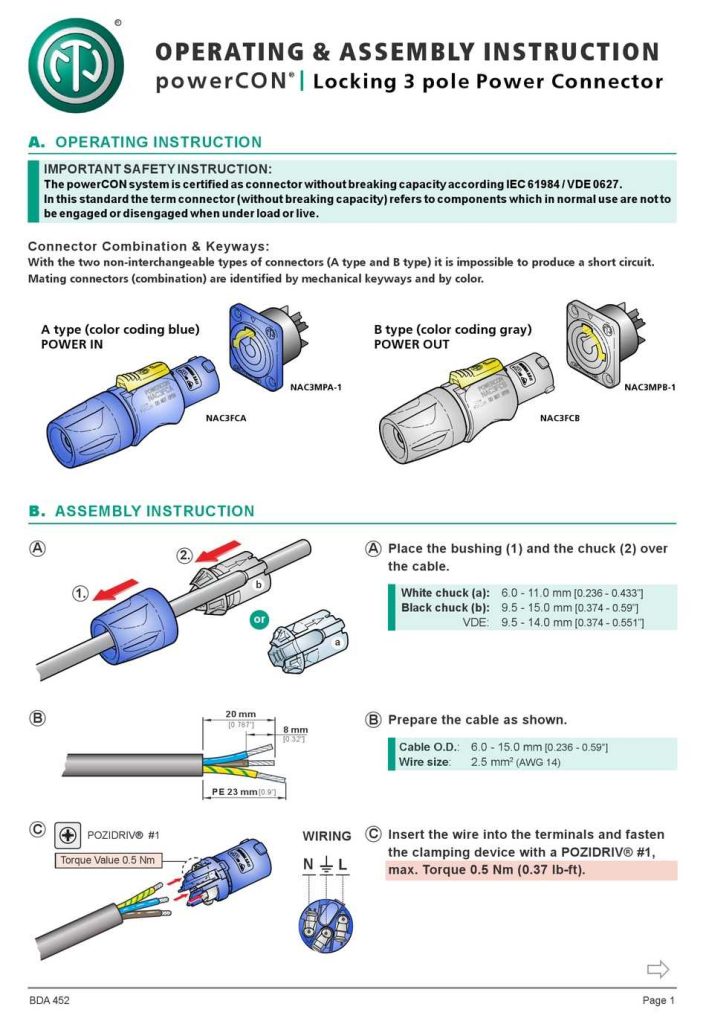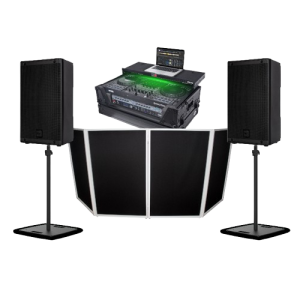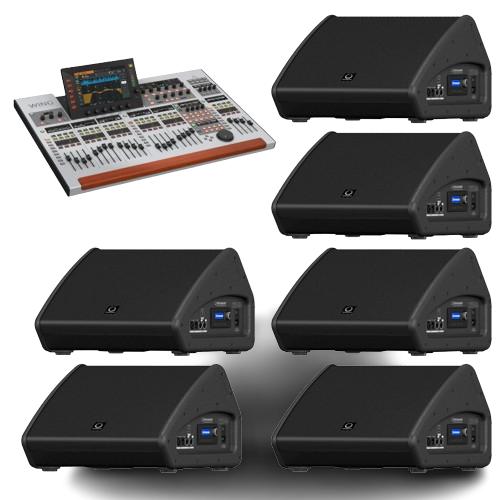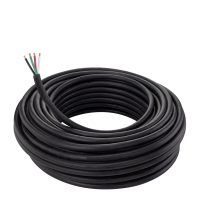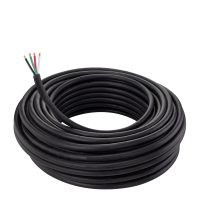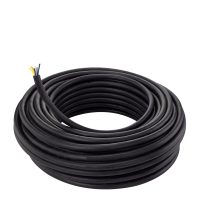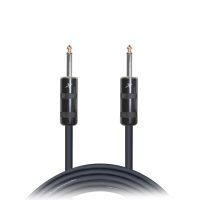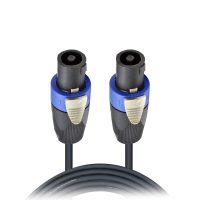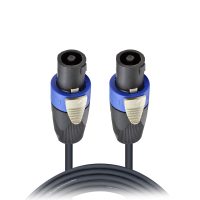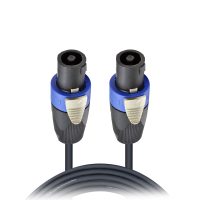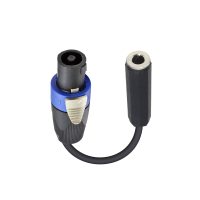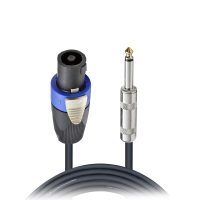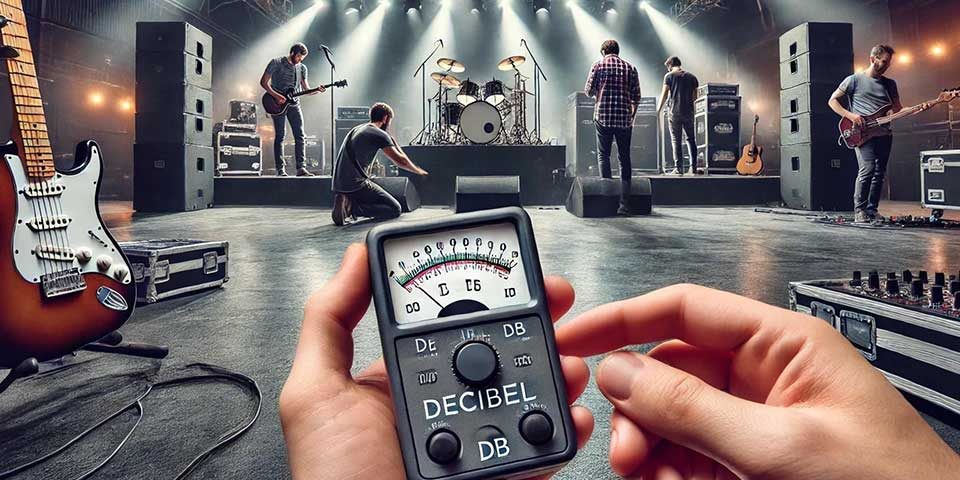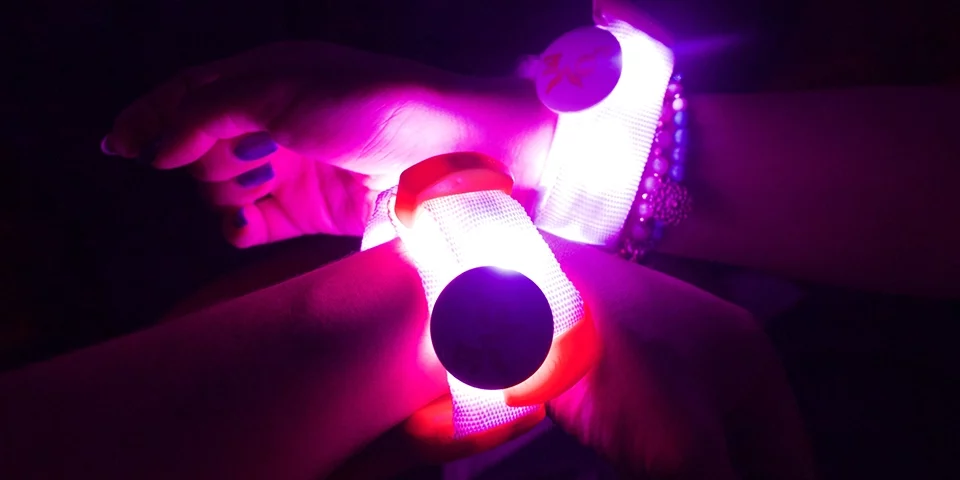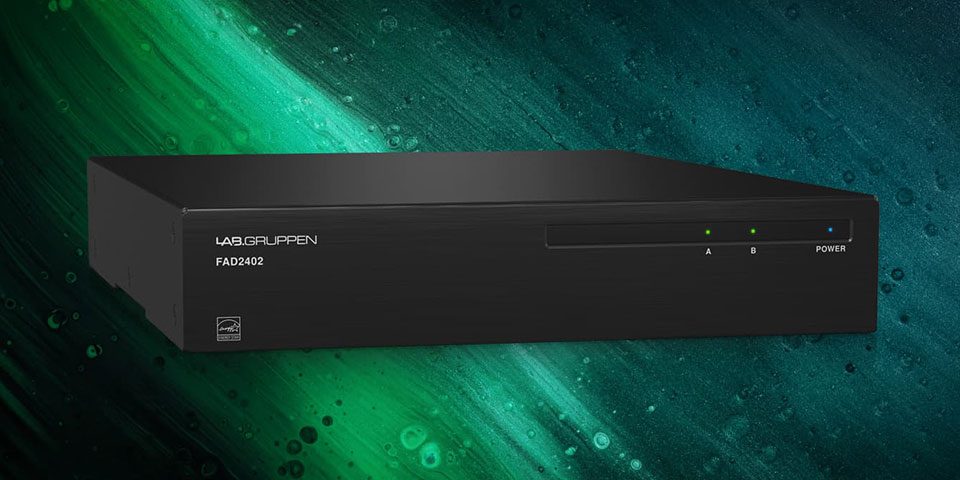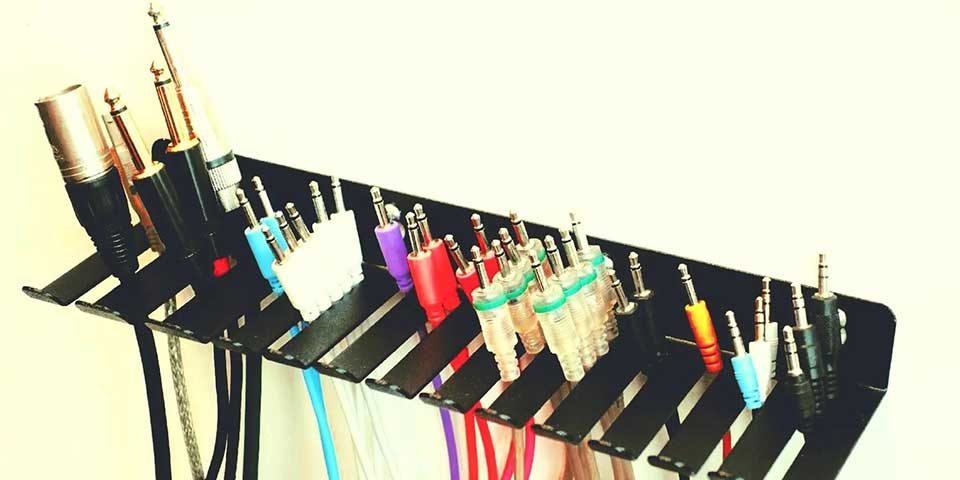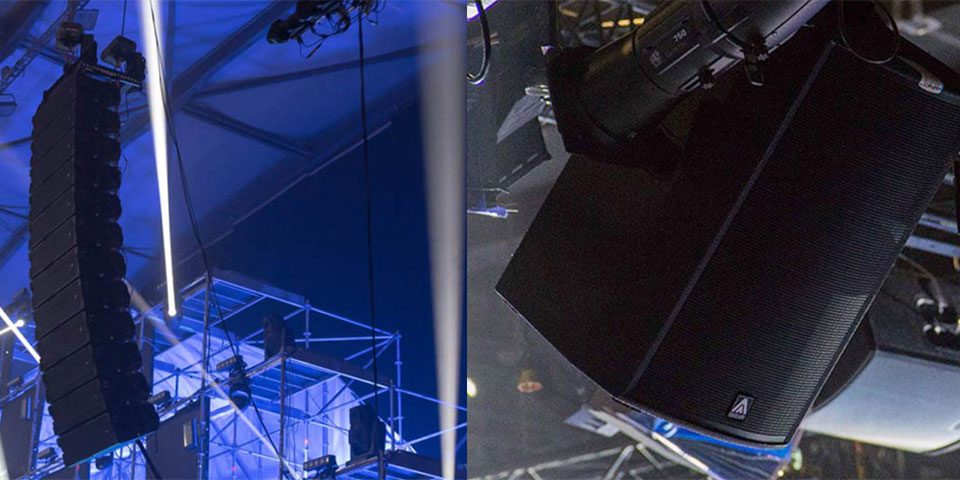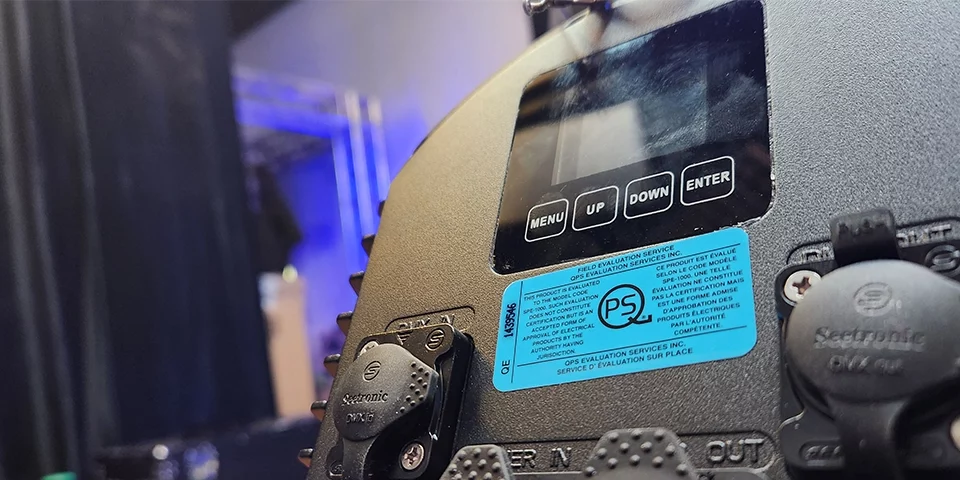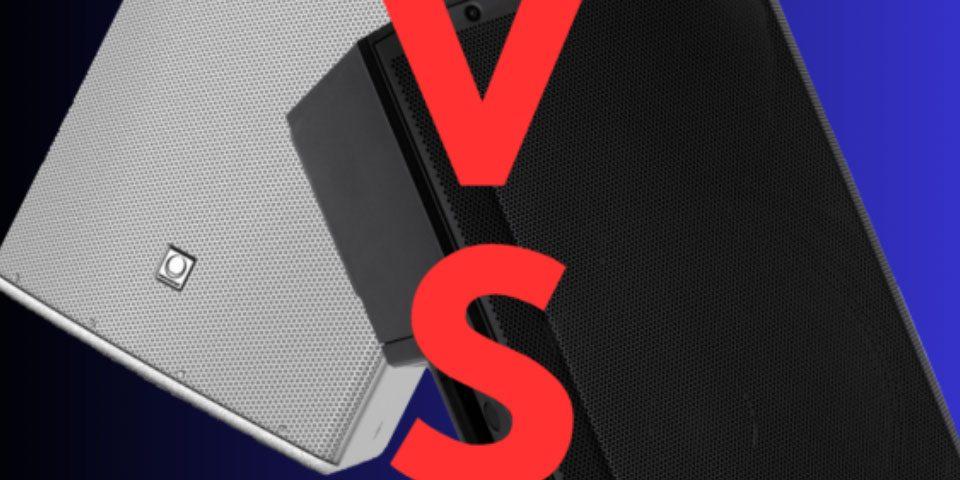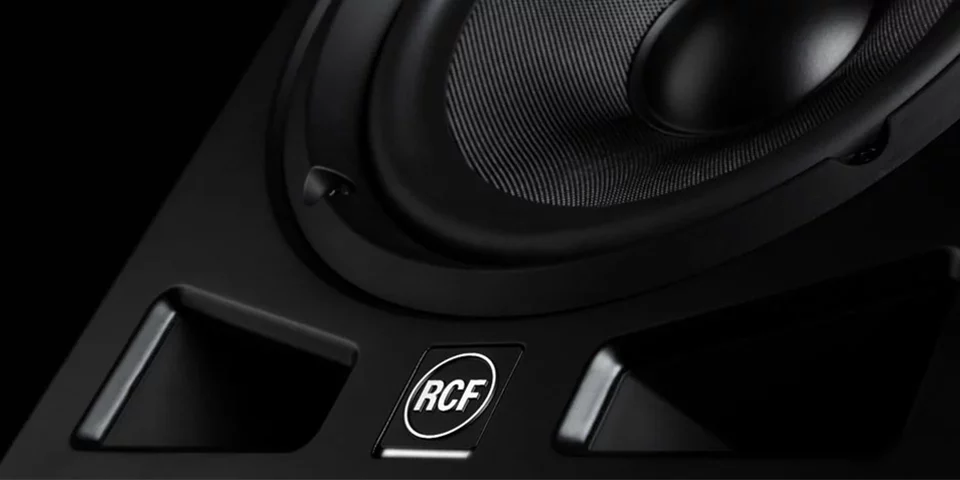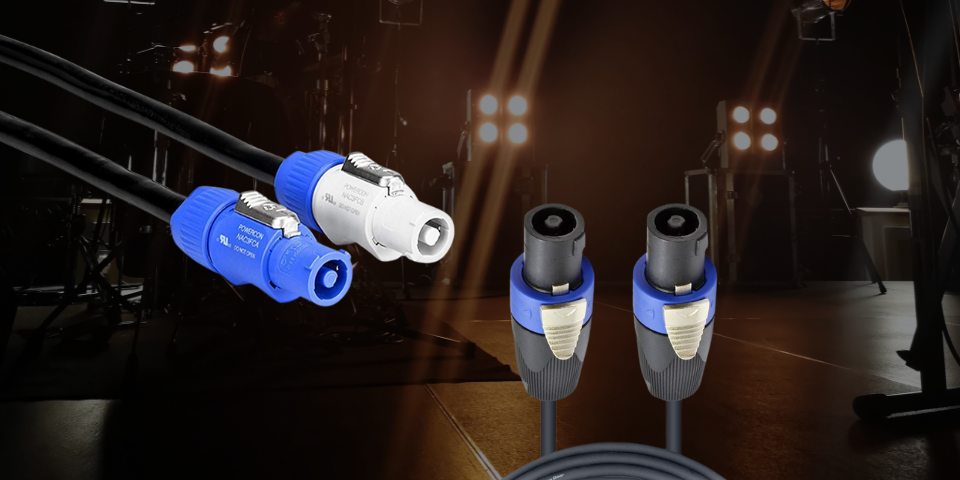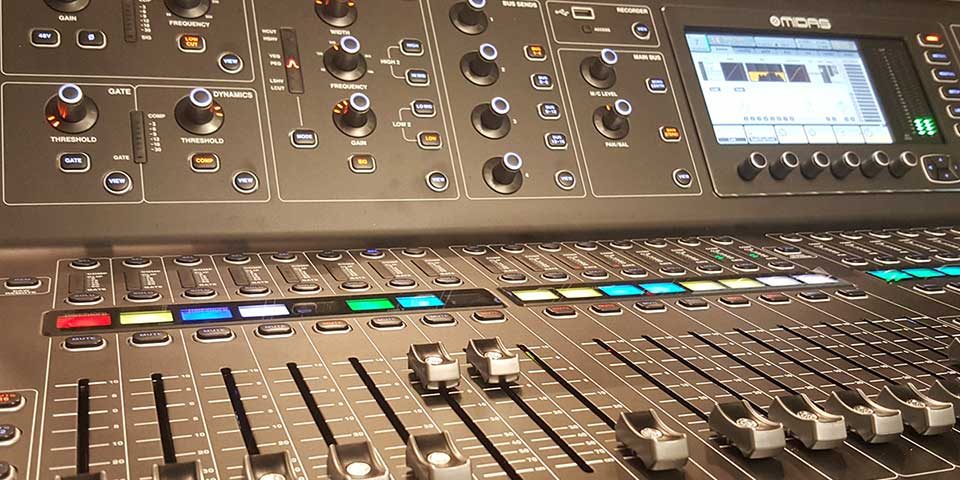
In Ear Monitors: What Are They & How to Set Up?
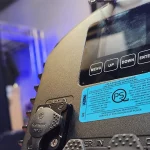
UL vs ETL vs QPS: A Comprehensive Guide to Certification Marks

In Ear Monitors: What Are They & How to Set Up?

UL vs ETL vs QPS: A Comprehensive Guide to Certification Marks
Speakon vs PowerCon: What’s the Difference?
Introduction
SpeakOn and PowerCon are two popular connectors in live sound and AV setups. Although they may look similar, they serve different purposes. This article explains the differences between SpeakOn vs PowerCon, their use cases, and why understanding them is crucial for AV professionals.
What Are SpeakOn Cables and How Do They Compare to PowerCon?
SpeakOn connectors transmit audio signals from amplifiers to passive speakers. In the SpeakOn vs PowerCon debate, SpeakOn connectors stand out for their secure handling of high-current audio signals. Neutrik developed these connectors with a locking mechanism, durability, and the ability to support multiple pole configurations. Seetronic also produces SpeakOn-compatible connectors, offering a cost-effective option.
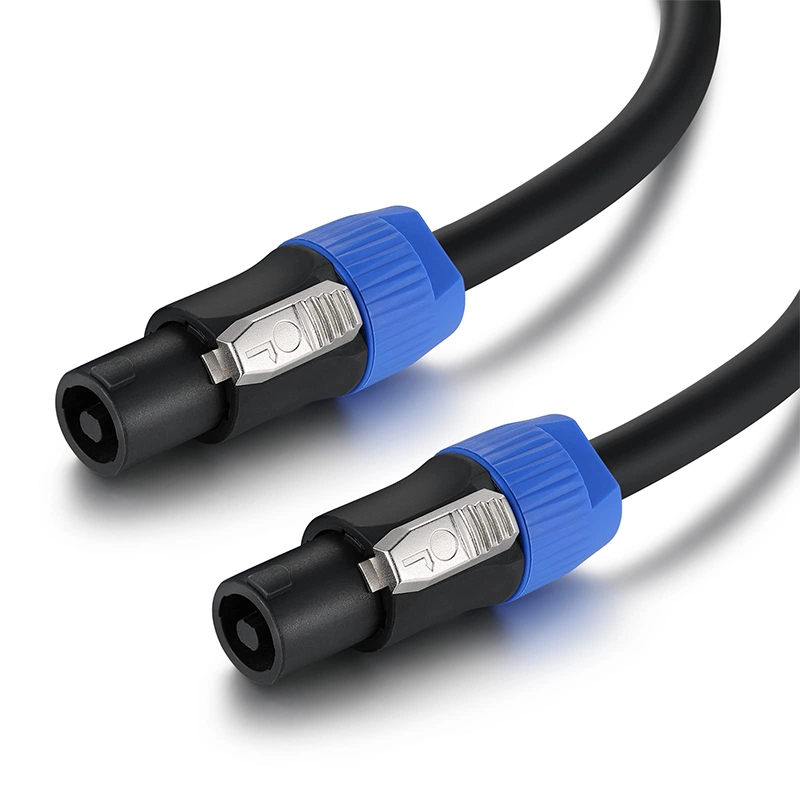
SpeakOn Cables: Key Features & Use Cases
SpeakOn cables use a twist-and-lock mechanism to prevent disconnections during performances. With a capacity of up to 30A RMS, they are suitable for high-power setups. These cables support bi-amping and multi-channel systems. Seetronic SpeakOn products share similar features, providing secure connections for AV installations.
SpeakOn cables connect amplifiers to passive speakers. For example, the 100 Ft. SpeakOn to SpeakOn cable is ideal for live sound systems and stage monitors. Devices like the RCF Compact A 15 rely on SpeakOn connectors for consistent audio input. In North America, many SpeakOn-compatible connectors meet UL certification standards, ensuring safety and reliability.
What Are PowerCon Cables and How Are They Different from SpeakOn?
PowerCon connectors deliver AC power to devices. Unlike SpeakOn, they focus on providing secure power connections for active equipment. Neutrik’s PowerCon connectors are durable and reliable, making them essential for live events and AV setups. Seetronic PowerCon-compatible connectors offer a similar level of performance at a more affordable price.
PowerCon Cables: Key Features & Use Cases
PowerCon cables feature a locking mechanism to ensure stable connections in high-traffic setups. They support single-phase and three-phase configurations, with ratings up to 32A for specific models. Color coding (blue for input, gray for output) adds clarity. Seetronic PowerCon connectors provide reliable alternatives for professionals.
PowerCon cables power active loudspeakers, fog machines, and other AV equipment. For example, the Antari FT-200 fog machine uses a Neutrik PowerCon connector to ensure a stable power connection. Similarly, the Turbosound NuQ152-AN powered loudspeaker relies on PowerCon connectors for steady AC input. In North America, UL certification ensures these cables meet safety and performance standards.
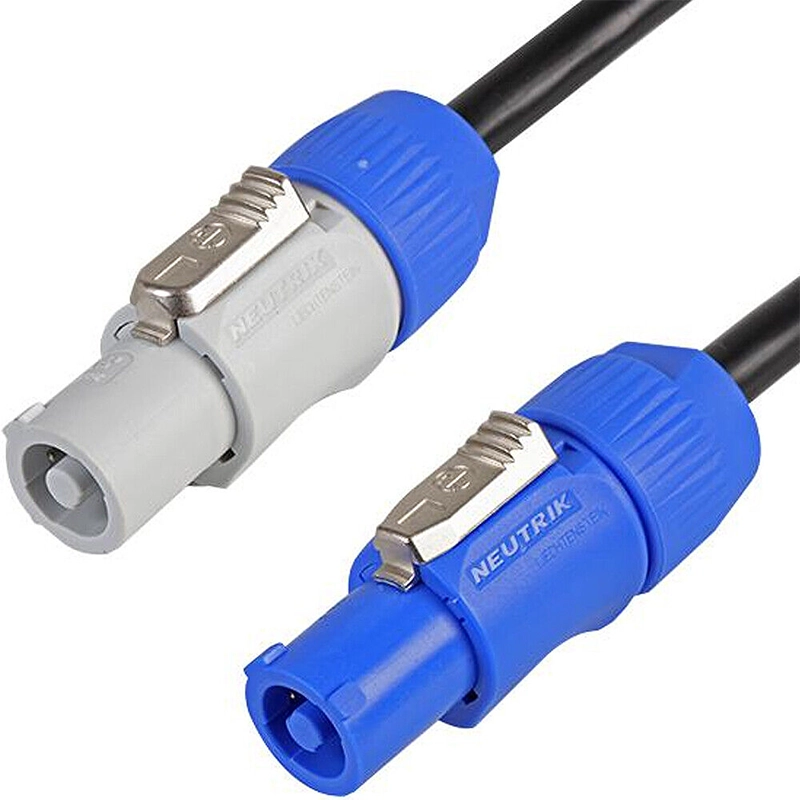
Key Differences Between SpeakOn vs PowerCon
The most significant difference in the SpeakOn vs PowerCon debate lies in their function. SpeakOn connectors are designed to transmit high-power audio signals, connecting amplifiers to passive speakers. In contrast, PowerCon connectors are built to deliver AC mains power to active devices, such as powered speakers or fog machines.
In terms of design, SpeakOn connectors use multiple poles to support various audio configurations, while PowerCon connectors are tailored for power input and output. Both feature a secure locking mechanism, but PowerCon connectors also include strain relief and safety features to protect against live electrical contact. These differences make them indispensable for specific tasks in live sound and AV setups.
What About powerCON TRUE1?
The powerCON TRUE1 is a locking mains connector for demanding setups. Unlike standard PowerCon connectors, TRUE1 allows connection or disconnection under load, thanks to its breaking capacity (CBC). With a rating of up to 20A at 250V AC, it powers high-demand devices like PA systems and stage lighting. Its IP65 rating, when mated, protects against dust and water. Seetronic also offers connectors with similar features, providing flexibility for AV technicians.
Choosing Between SpeakOn vs PowerCon for Your Setup
Choosing between SpeakOn and PowerCon depends on your equipment. SpeakOn cables transmit high-power audio signals and work best with passive speaker systems like the RCF Compact A 15. PowerCon cables deliver stable AC power, ideal for active devices like the Turbosound NuQ152-AN. Seetronic connectors provide cost-effective options for both applications.
| Aspect | SpeakOn | PowerCon | PowerCon TRUE1 |
|---|---|---|---|
| Purpose | Transmit high-power audio signals from amplifiers to passive speakers. | Deliver AC mains power to active devices. | Deliver AC mains power to active devices with breaking capacity under load. |
| Features | Twist-and-lock mechanism; multiple pole configurations (2-pole, 4-pole, 8-pole). | Locking mechanism; color-coded (blue for input, gray for output); strain relief. | Locking mechanism; UV-resistant materials; IP65-rated when mated; CBC-certified. |
| Current Capacity | Up to 30A RMS (model-specific). | 20A for standard PowerCon, 32A for PowerCon 32 (model-specific). | Up to 20A at 250V AC. |
| Typical Use Cases | Connecting amplifiers to passive speakers, bi-amping setups, line arrays. | Powering active loudspeakers, fog machines, and AV equipment. | Outdoor events, LED screens, stage lighting, and PA systems in harsh environments. |
conclusion
Understanding the differences between SpeakOn and PowerCon connectors is essential for professional AV setups. SpeakOn handles high-power audio, while PowerCon delivers secure AC power to active equipment. Seetronic connectors offer compatible and affordable alternatives for both types. Choosing the right connector ensures safety, performance, and reliability in any AV installation.

